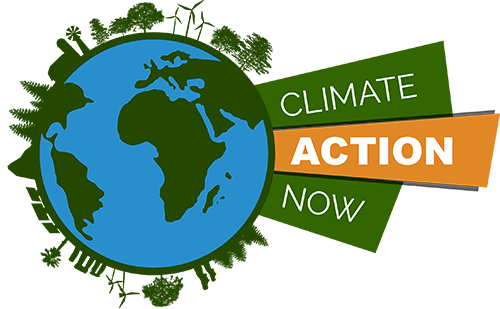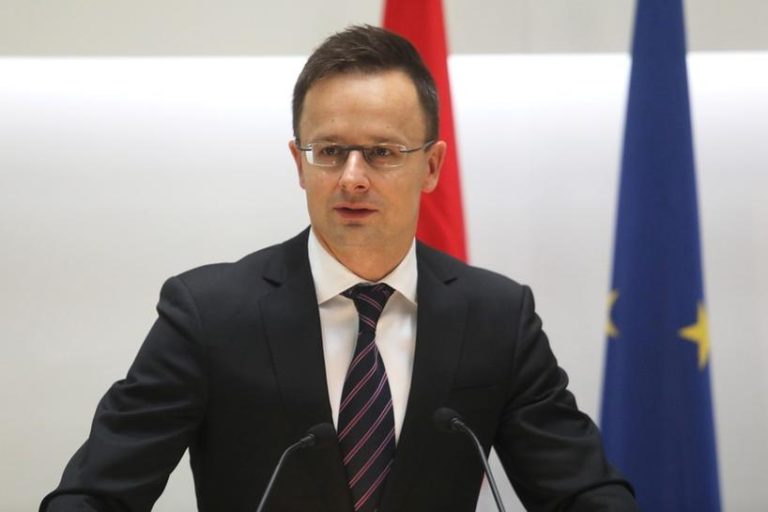Salvini Vows to Change EU Tax Rules as Aide Turns Fire on PM

Italian Deputy Premier Matteo Salvini vowed to change European Union rules in order to push through his promise of a 15% flat tax for everyone, as his top aide turned against Prime Minister Giuseppe Conte.
Salvini and his rightist League kicked off the week by opening fire on several fronts ahead of the European Parliament vote May 26, as tensions within the populist government escalated over immigration and other issues.
Salvini pledged at a pan-European rally of 12 nationalist parties in his hometown Milan on Saturday to push through the flat tax, a measure likely to raise concerns both in Brussels and among investors on how the government will draft the 2020 budget against the backdrop of a sluggish economy.
“The only way to create jobs is to reduce taxes, so we need to change some European rules and some limits imposed by Brussels,” Salvini told La7 television on Monday.
Changing deficit and debt caps would mean altering EU treaties, which in turn requires unanimity between member states and possibly referendums in some countries. Salvini has nonetheless continued to call those limits into question.
The deputy premier stayed on topic throughout the day on Monday, saying in a video interview on Facebook that tax cuts should initially be financed with a higher deficit, and that rules imposed by Europe are flawed.
Now, Giancarlo Giorgetti, who’s also cabinet secretary, is adding fuel to the fire, voicing long-running frustration among League lieutenants about Five Star, which picked Conte a year ago.
“Conte is no longer impartial,” Giorgetti told newspaper La Stampa. The premier tries to act as a mediator between the League and Five Star but “when the clash becomes tough and he has to take a side, he goes for the stand of those who put him forward,” Giorgetti said. “The situation cannot last for ever.”
Questioning the premier’s neutrality “is not a serious allegation, it’s a very serious one,” Conte said later Monday in comments to reporters. The premier also acknowledged that clashes between the two parties in the coalition are becoming increasingly heated.
Conte, a former law professor, was plucked from obscurity by Salvini and fellow Deputy Premier Luigi Di Maio of Five Star last year. While never a Five Star member himself, Conte was loosely affiliated with the movement in the past and Di Maio once named him as a possible candidate to head the Public Administration Ministry.
Salvini backed Giorgetti’s remarks. “If everyone keeps their word and keeps their promises, we keep going for five years,” Salvini said in the La7 interview. “The problem is the ‘no’s’ on autonomy, the flat tax, unblocking construction projects.”
Unprecedented Tensions
Both Salvini and Di Maio have repeatedly insisted the government won’t collapse despite unprecedented tensions before the European elections. The partners have squabbled about everything from security and immigration to more powers for regions in the League’s northern stronghold.
Senior officials in both the League and Five Star have said the infighting is mainly due to the election campaign, although uncertainty remains on the coalition’s future.
The impact of the Trump administration’s threats to choke Huawei reverberated across the global supply chain on Monday, hitting some of the biggest component-makers. Alphabet Inc.’s Google cut off the supply of hardware and some software services to Huawei, a person familiar with the matter said.
Salvini, who’s also interior minister and has insisted Italian ports remain closed to humanitarian ships carrying rescued migrants, protested on La7 Sunday night as he watched migrants disembark at a Sicilian port.
“Someone must have given the order,” Salvini said, as Five Star officials insisted no minister of that party had granted access to the ports. “That person has to account for his action.”
Salvini said he’ll propose giving his ministry powers over migrant vessels in territorial waters at a cabinet meeting he said will take place later Monday. Conte’s office said no time has been set for the meeting.
— With assistance by Nikos Chrysoloras, Dan Liefgreen, and Marco Bertacche


























